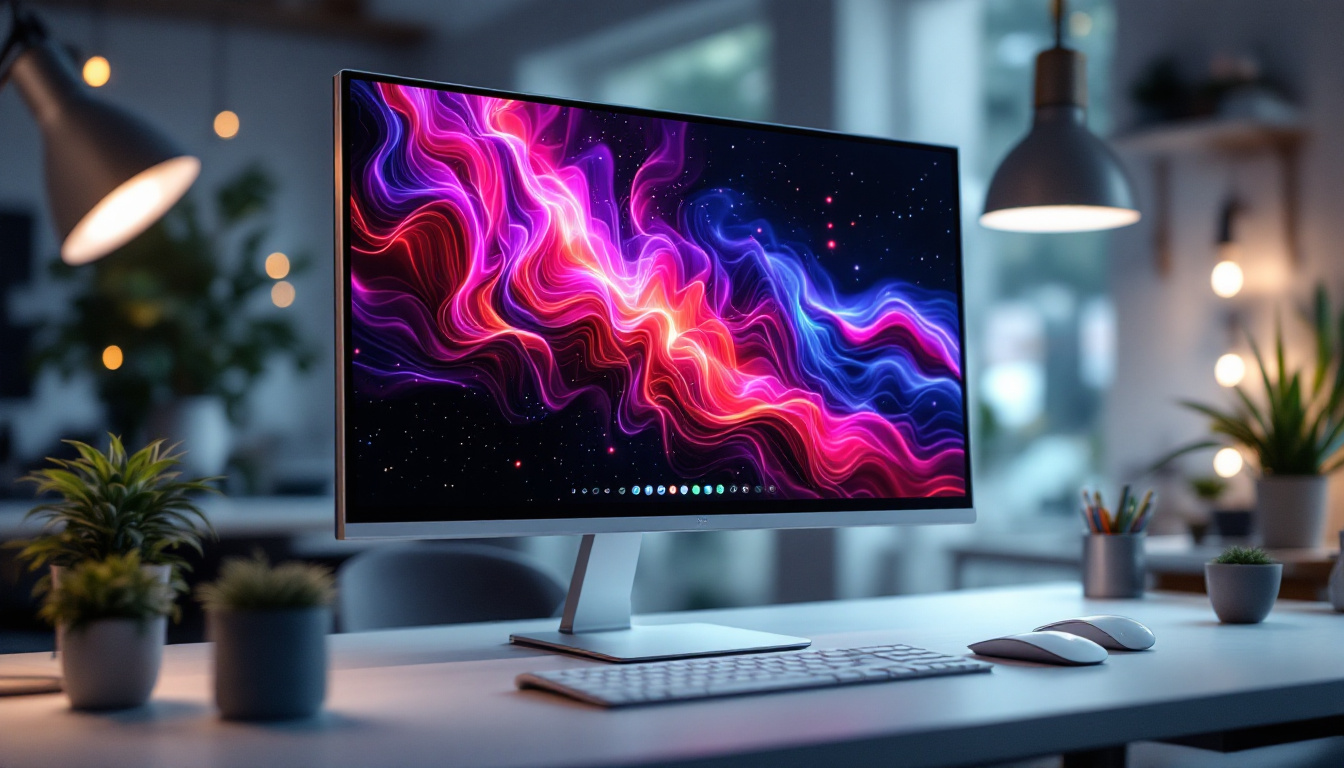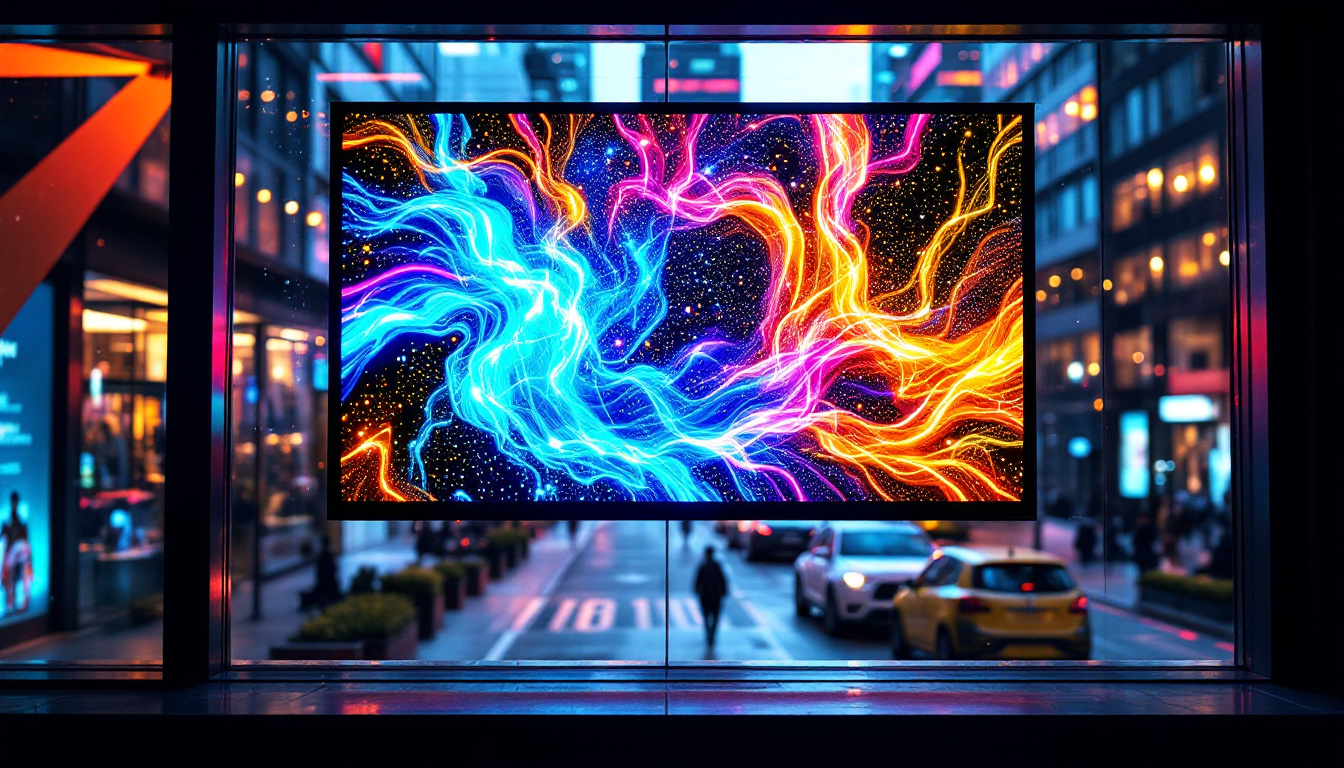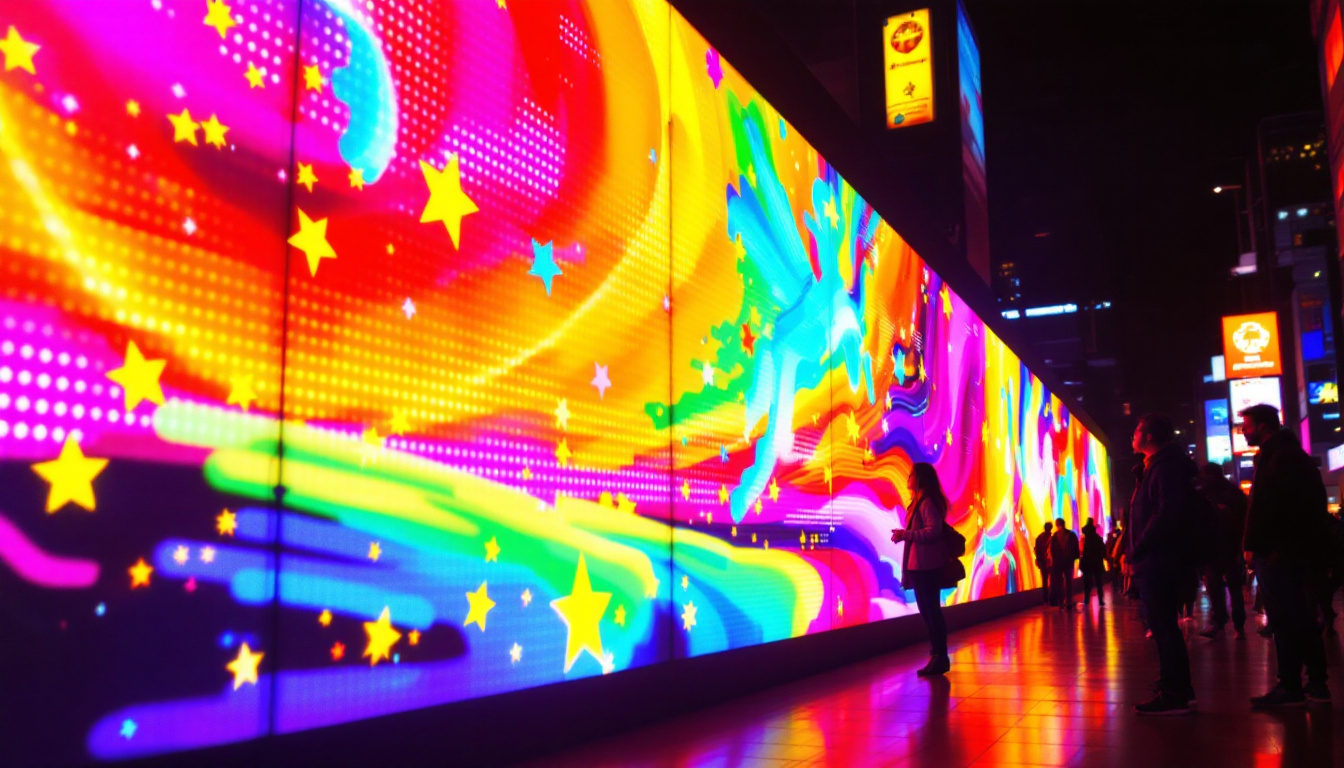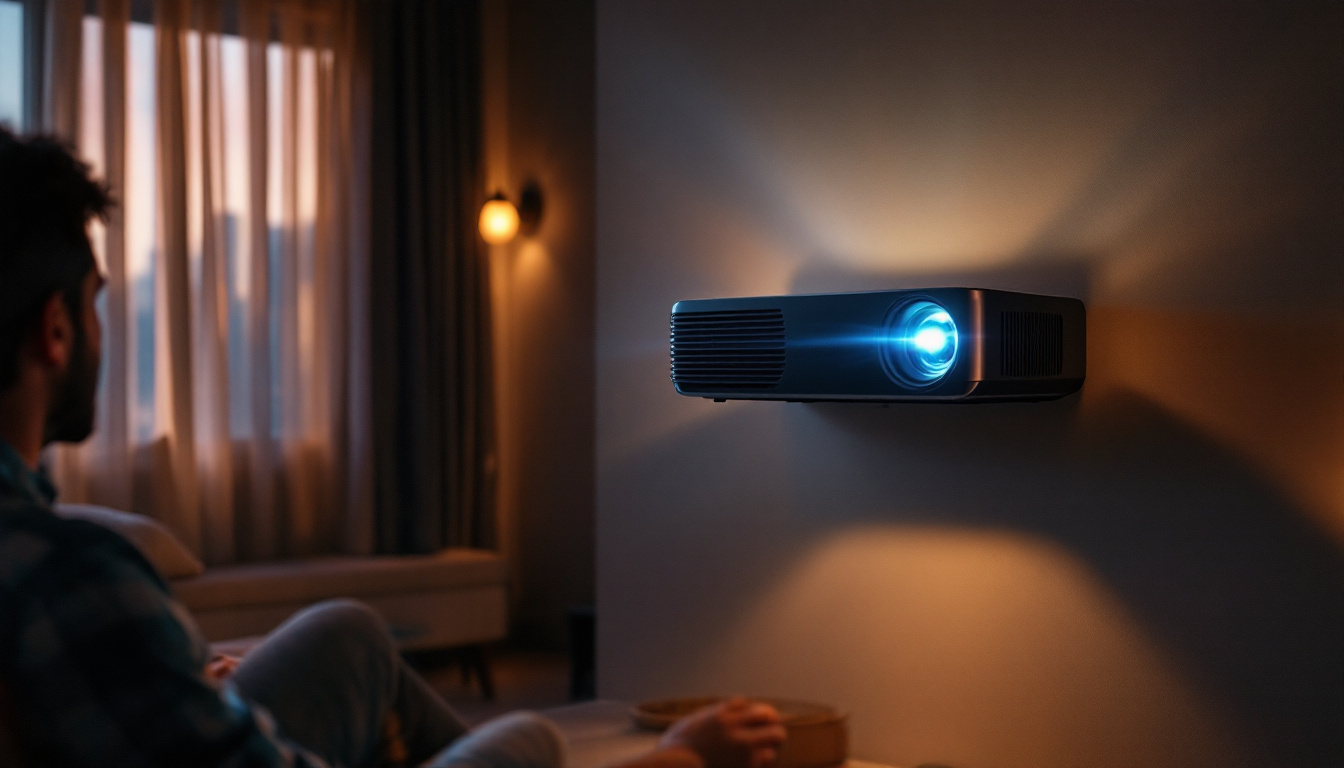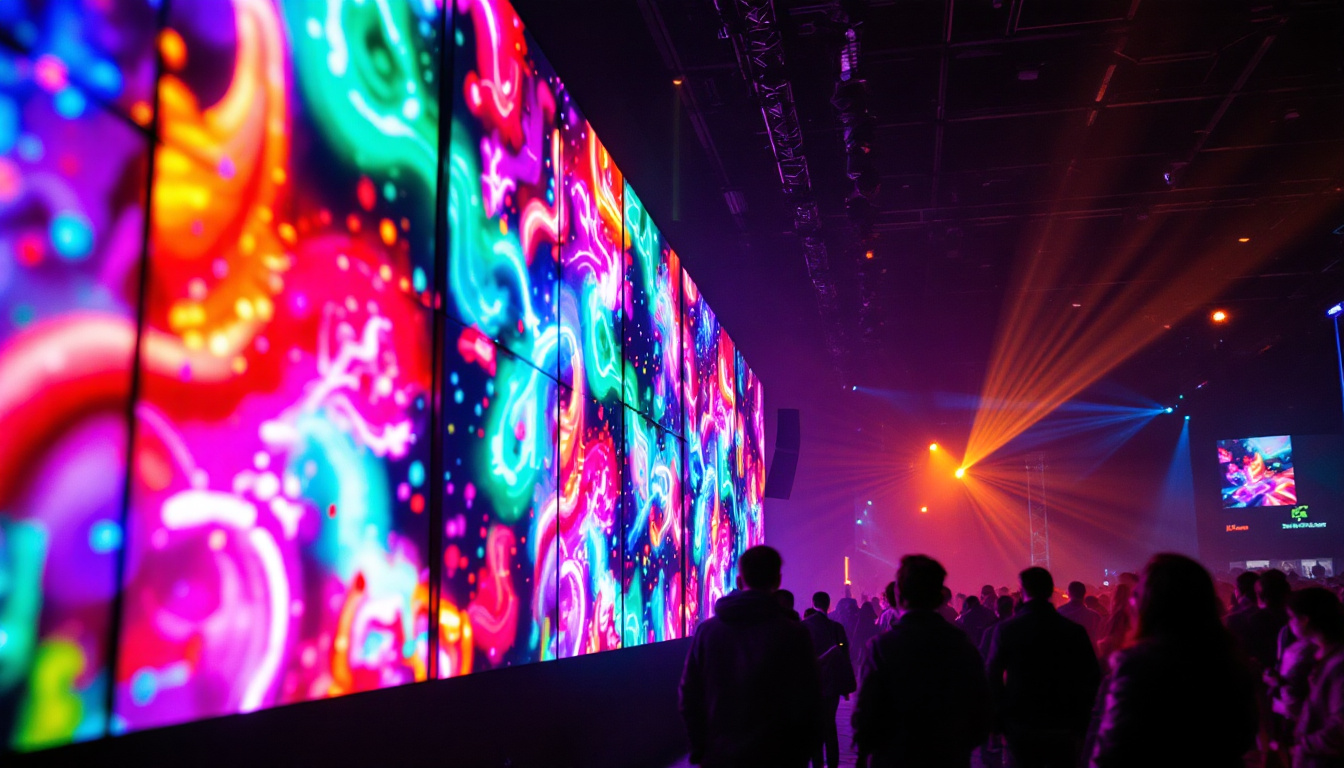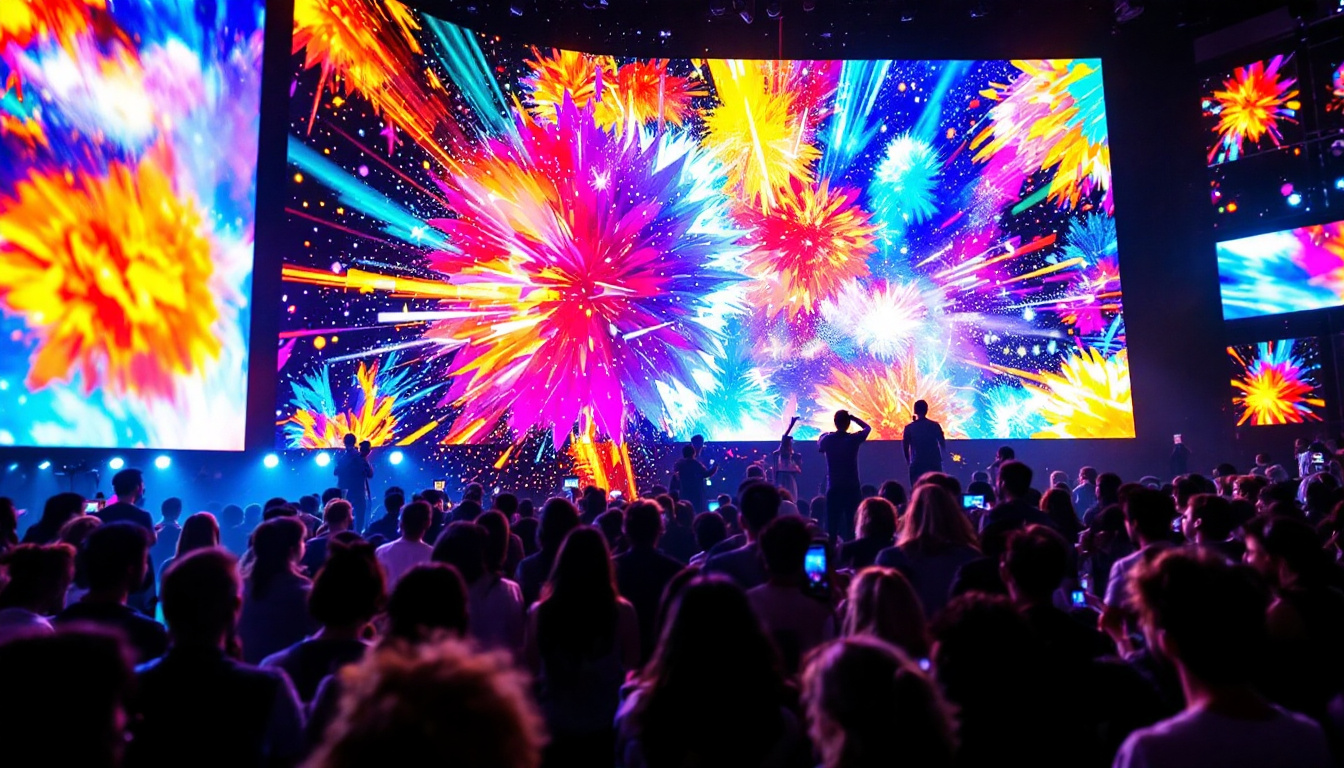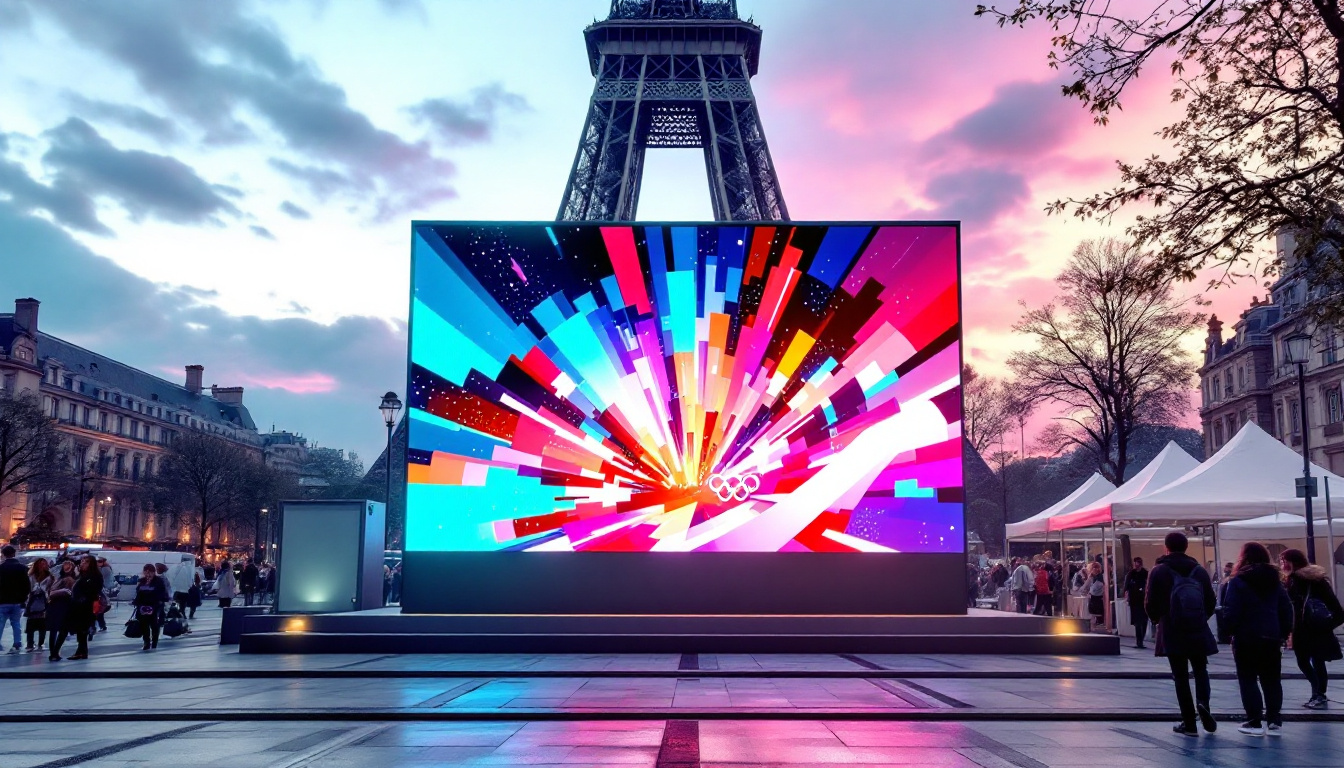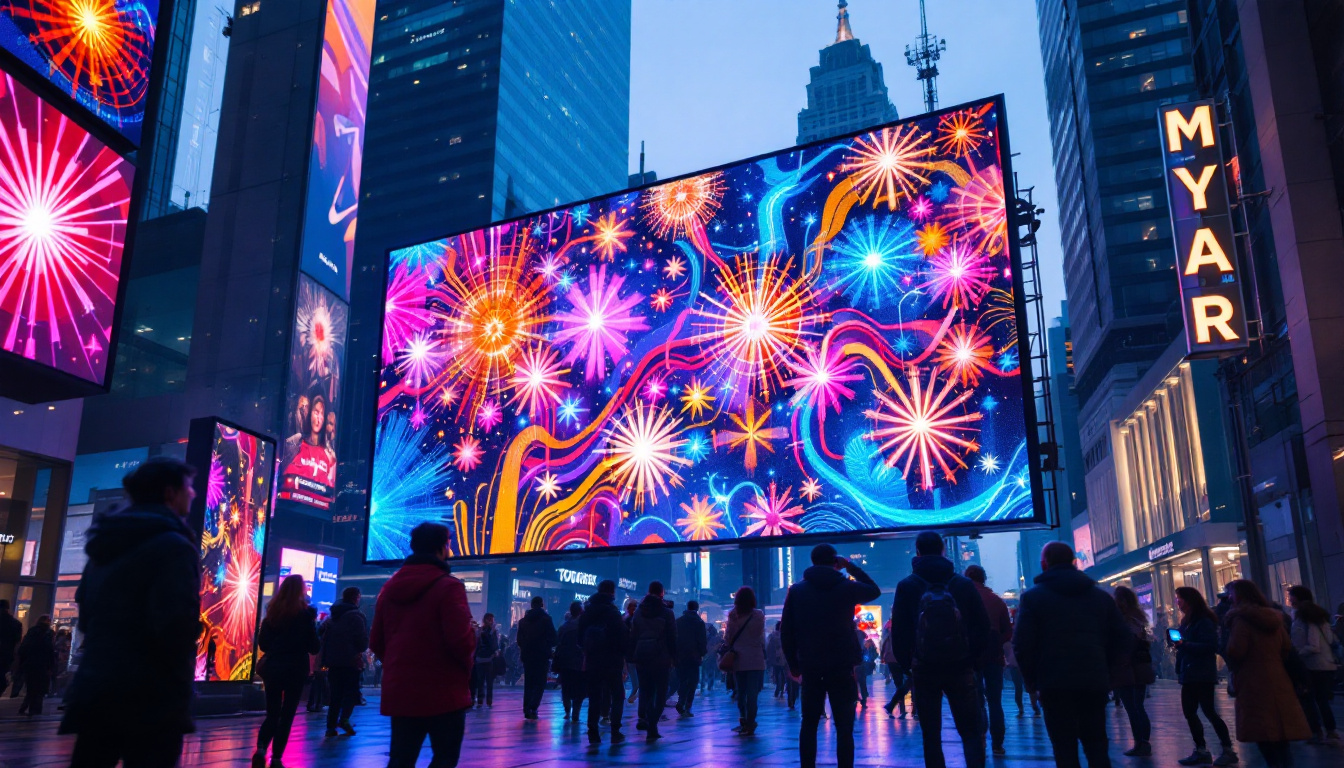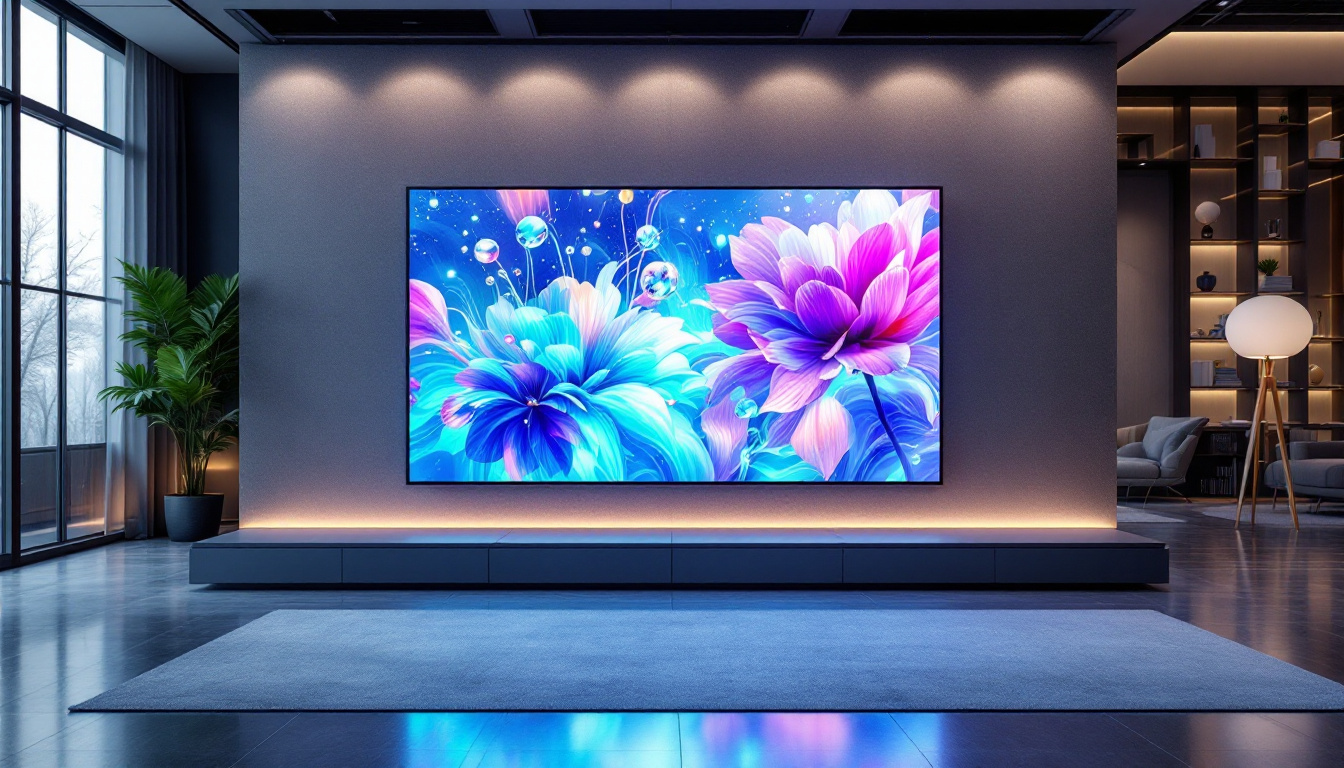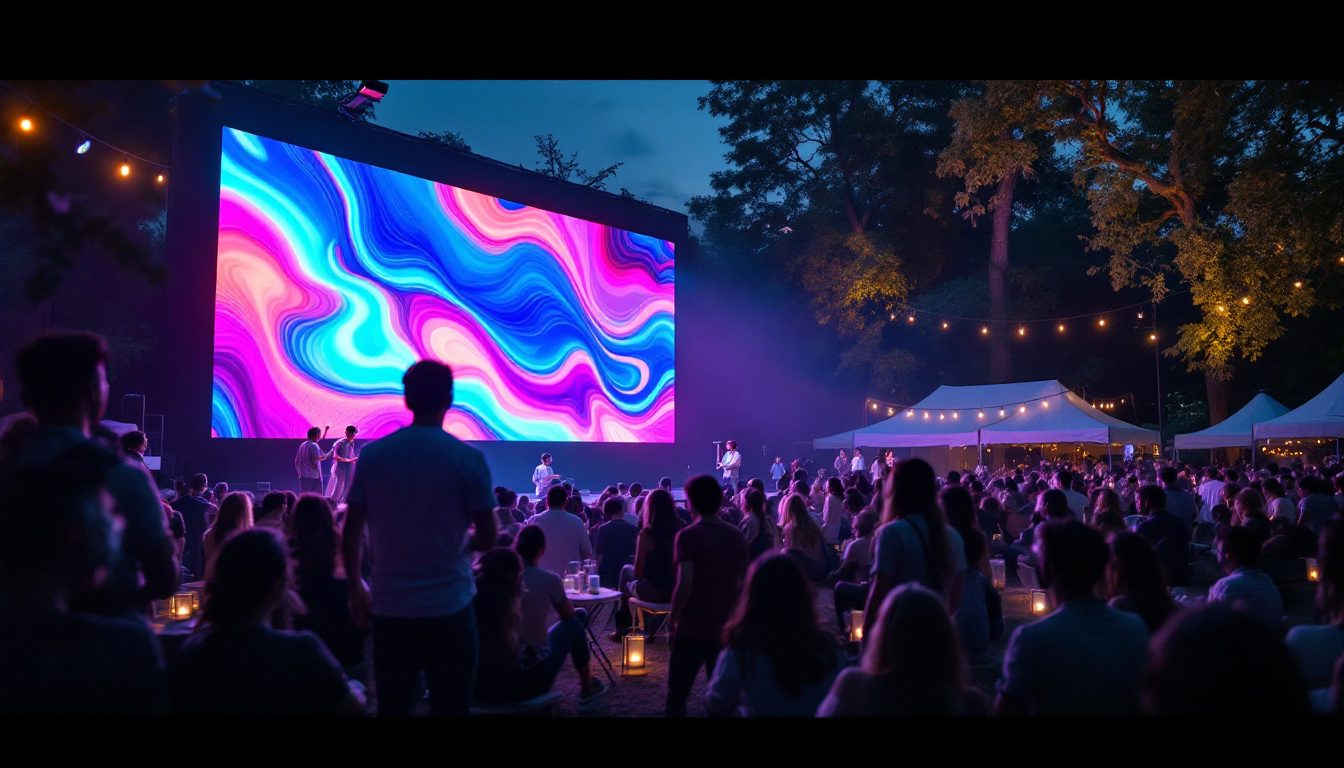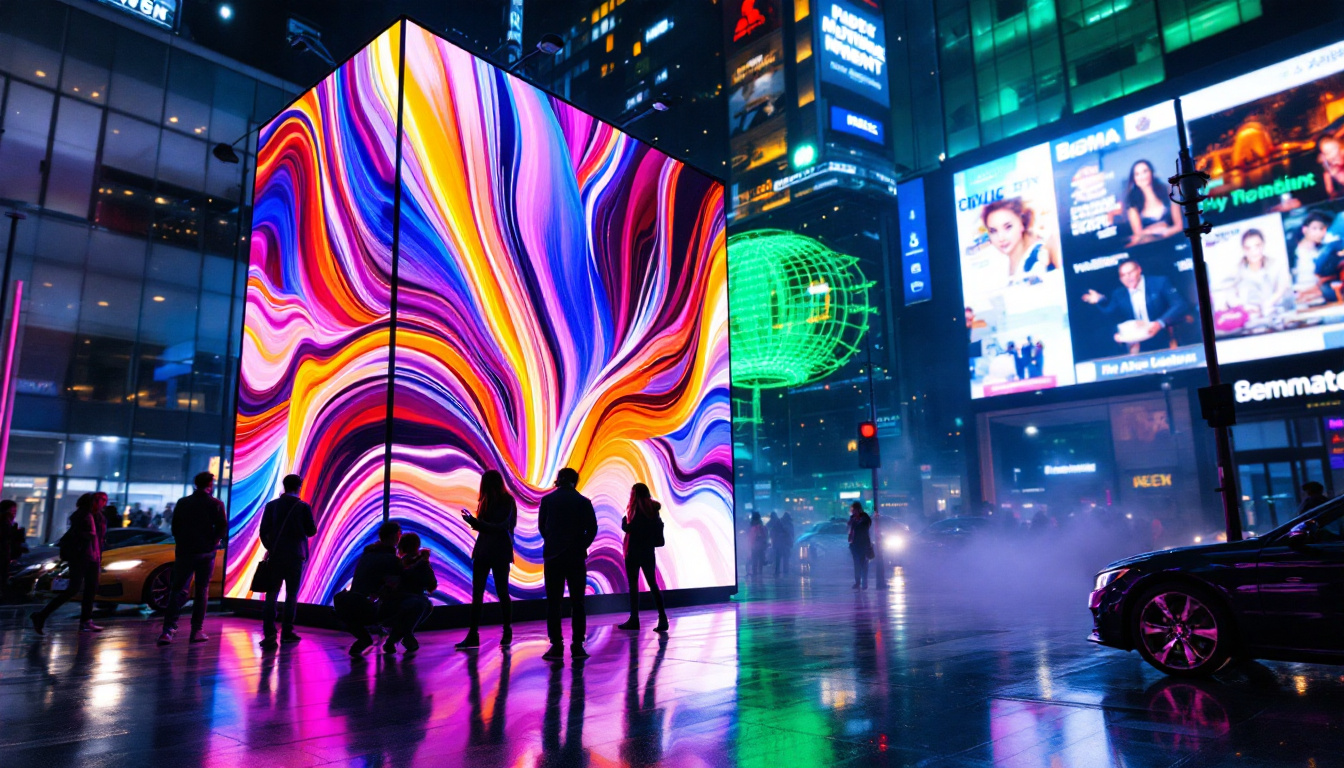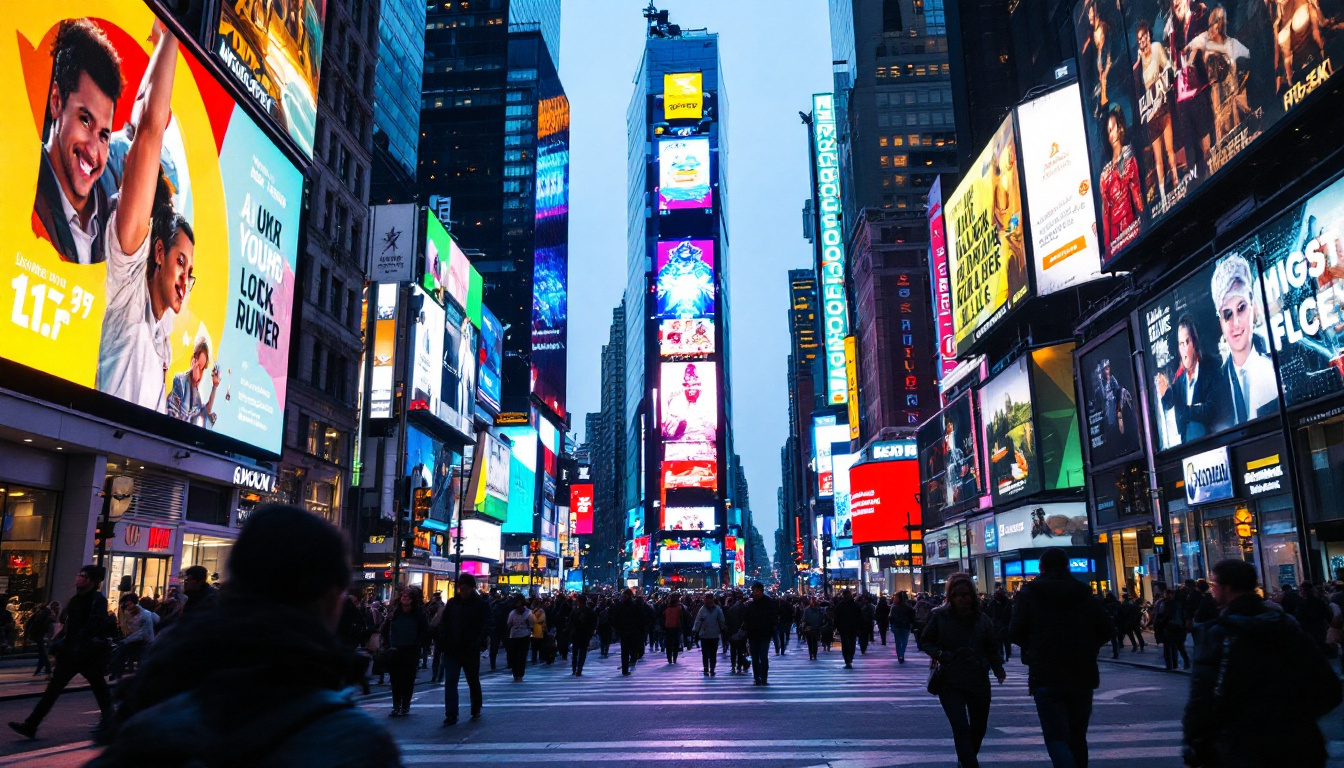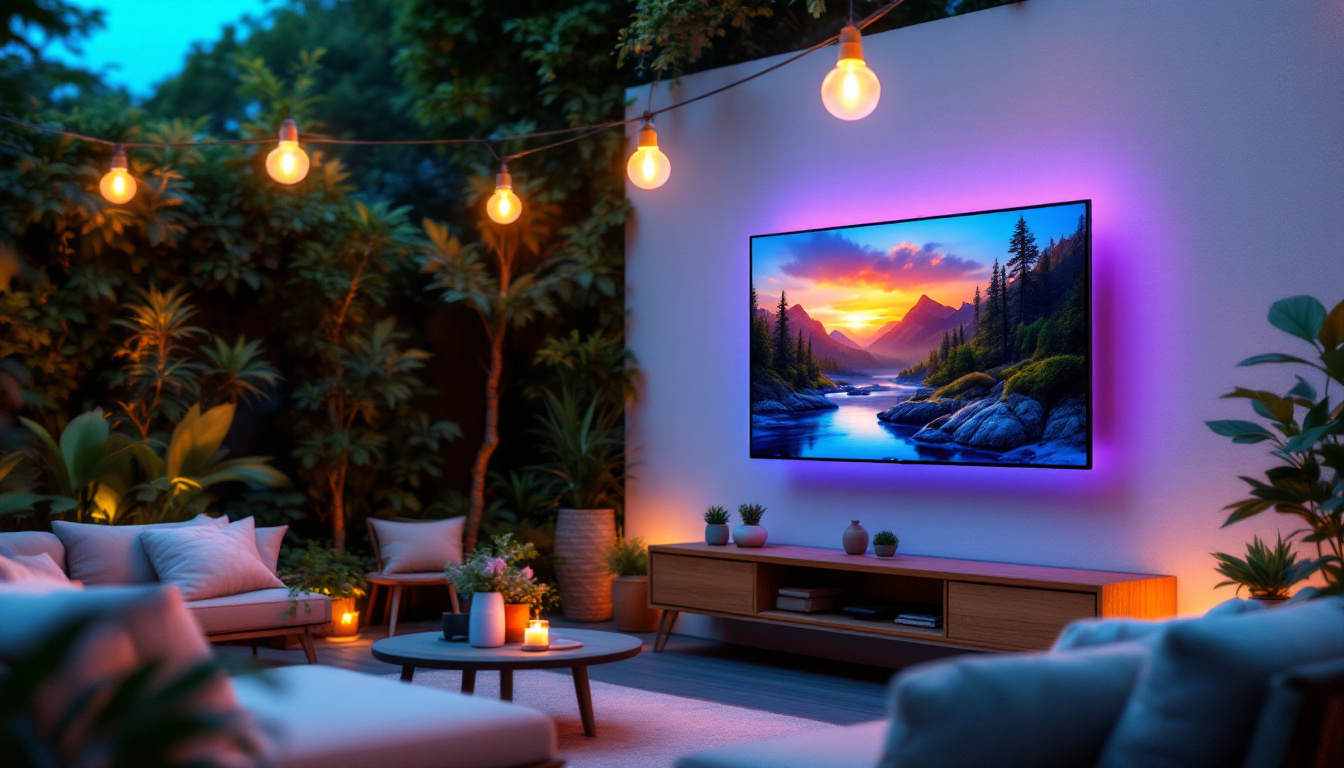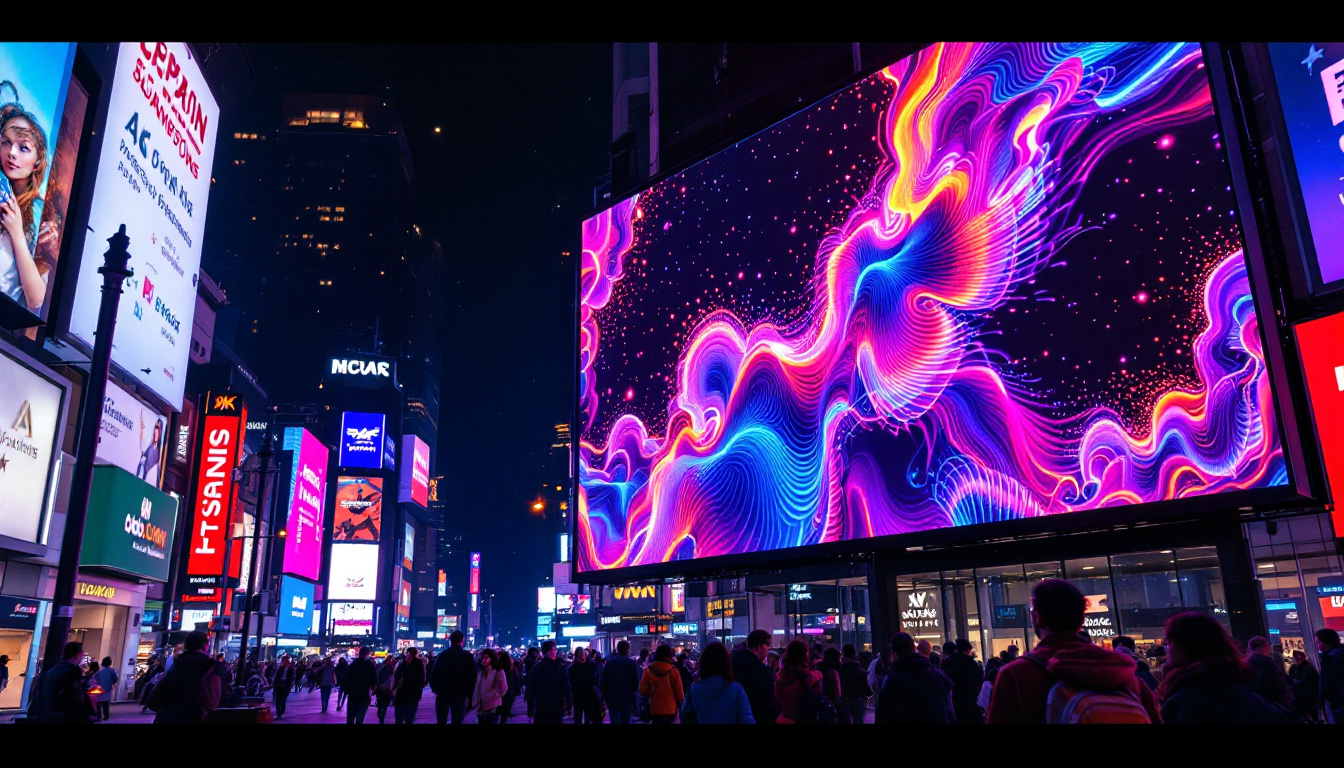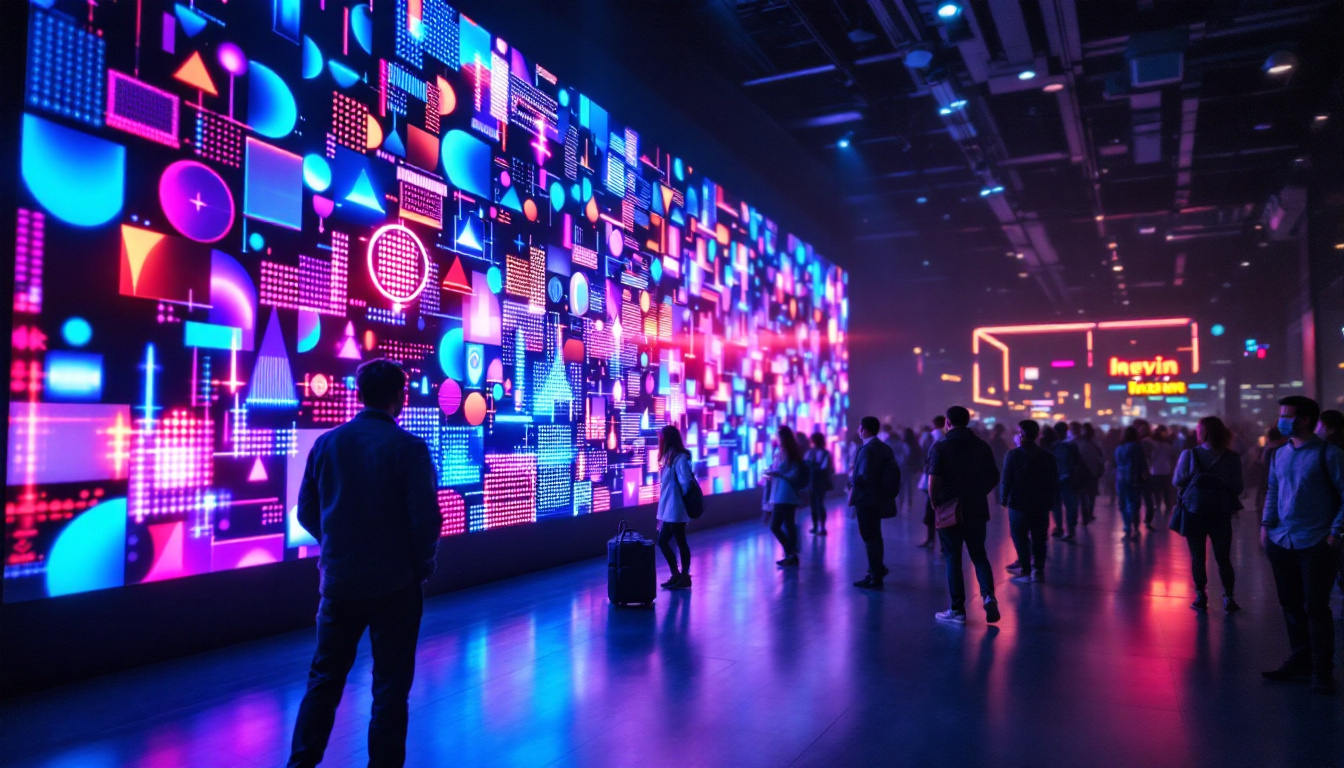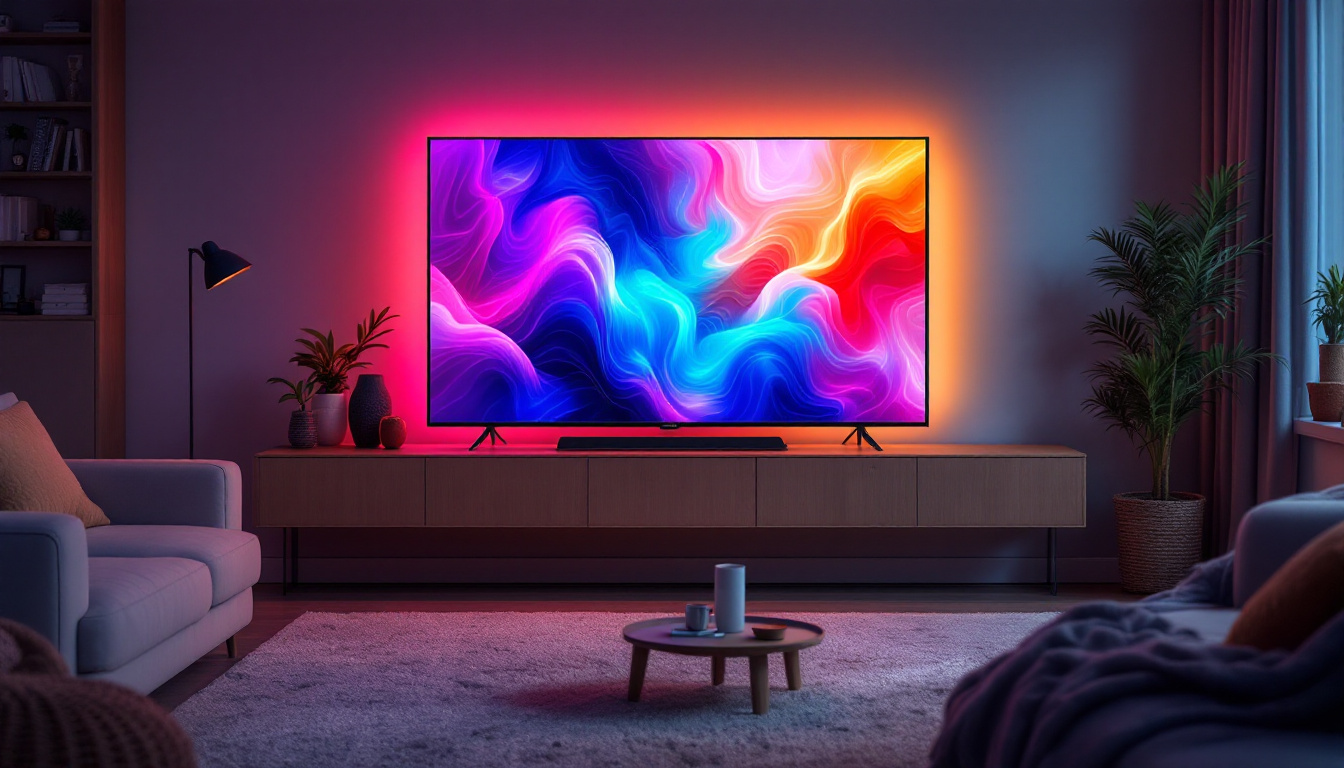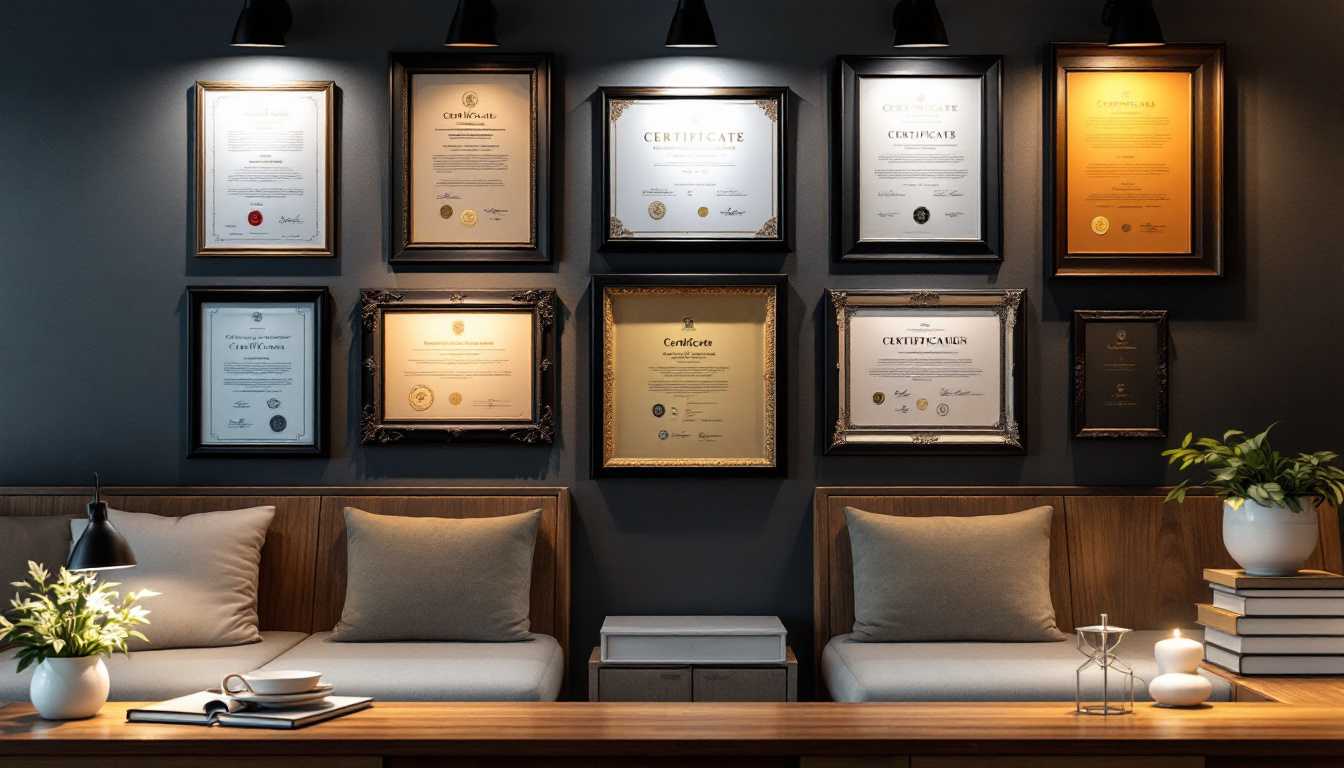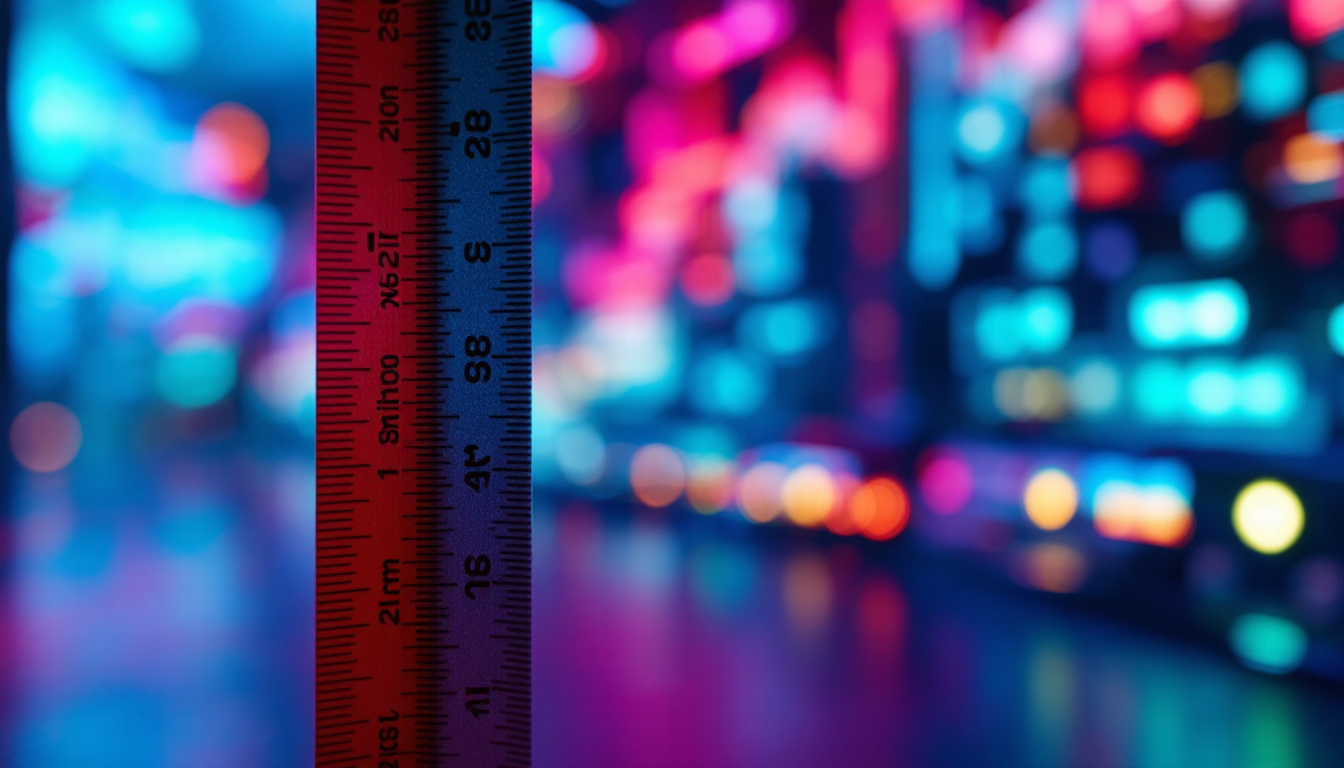In the realm of visual technology, commercial projector screens and LED displays have emerged as pivotal tools for businesses, educational institutions, and entertainment venues. As organizations strive to enhance their presentations and visual experiences, understanding the nuances between these two technologies becomes essential. This article delves into the characteristics, advantages, and applications of commercial projector screens and LED displays, providing a comprehensive overview for professionals and decision-makers.
Understanding Commercial Projector Screens
Commercial projector screens serve as a vital component in the projection ecosystem, designed to enhance the quality of images displayed by projectors. These screens come in various types, each tailored for specific environments and use cases. The choice of a projector screen can significantly affect the overall viewing experience, making it essential for businesses and organizations to select the right type for their specific needs.
Types of Projector Screens
There are several types of commercial projector screens available, each with unique features and benefits. The most common types include:
- Fixed Frame Screens: These screens are permanently mounted and provide a taut surface for optimal image quality. They are ideal for dedicated home theaters and conference rooms, ensuring that the image remains perfectly flat and free from wrinkles or distortions. This type of screen is often used in settings where the projector and screen are set up for long-term use, allowing for an immersive viewing experience.
- Retractable Screens: These screens can be pulled down when needed and retracted when not in use. They are versatile and suitable for multi-purpose spaces, such as classrooms or conference halls, where flexibility is key. Retractable screens can be operated manually or electronically, making them convenient for quick setups and takedowns, especially in environments that require frequent changes in layout.
- Portable Screens: Lightweight and easy to set up, portable screens are perfect for on-the-go presentations and events. They come in various sizes and formats, allowing presenters to choose the most suitable option for their audience. Portable screens are particularly popular among traveling sales teams and educators who need to deliver presentations in different locations.
Screen Material and Gain
The material of the projector screen plays a crucial role in image quality. Screens are typically made from vinyl, fabric, or specialized materials that enhance brightness and color accuracy. The gain of a screen refers to its ability to reflect light; a higher gain means a brighter image, making it suitable for well-lit environments. Conversely, a lower gain is preferred for darker settings to ensure a more uniform image. Additionally, some screens feature specialized coatings that can improve contrast and reduce glare, further enhancing the viewing experience.
Another important aspect to consider is the aspect ratio of the screen, which should match the content being displayed. Common aspect ratios include 16:9 for widescreen presentations and 4:3 for traditional formats. Choosing the correct aspect ratio ensures that the image fills the screen appropriately without distortion or cropping. Furthermore, many commercial projector screens are designed to be compatible with 4K and even 8K projectors, accommodating the latest advancements in projection technology and providing a future-proof solution for businesses looking to invest in high-quality visual displays.
The Rise of LED Displays
LED displays have gained immense popularity in recent years, revolutionizing the way visual information is presented. Unlike traditional projector screens, LED displays utilize light-emitting diodes to produce vibrant images and videos. This technology offers several advantages that make it a compelling choice for commercial applications.
Advantages of LED Displays
LED displays come with a host of benefits that set them apart from conventional projector screens:
- Brightness and Clarity: LED displays are known for their exceptional brightness, making them suitable for environments with high ambient light. The clarity of images is also superior, ensuring that details are sharp and colors are vivid.
- Seamless Integration: LED displays can be configured to create large video walls, providing a seamless visual experience. This is particularly advantageous for advertising, events, and large presentations.
- Longevity and Durability: LED technology is designed to last longer than traditional projection systems. With fewer components that can fail, LED displays often require less maintenance and have a lower total cost of ownership.
Applications of LED Displays
LED displays are versatile and find applications across various sectors:
- Corporate Settings: In boardrooms and conference centers, LED displays facilitate impactful presentations and video conferencing.
- Retail Environments: Retailers utilize LED displays for dynamic advertising and product showcases, capturing the attention of potential customers.
- Entertainment Venues: Concerts, theaters, and sports arenas leverage LED displays for immersive visual experiences, enhancing audience engagement.
Beyond these sectors, LED displays are also making significant inroads into the education sector. Schools and universities are increasingly adopting LED technology for classrooms and auditoriums, where the ability to display high-resolution content can enhance the learning experience. Interactive LED displays allow educators to engage students more effectively, fostering a collaborative environment where information is not just presented but also interacted with. This shift towards digital learning tools is reshaping how knowledge is disseminated and absorbed in academic settings.
Moreover, the outdoor advertising industry has seen a remarkable transformation with the advent of LED billboards. These displays are not only eye-catching but also programmable, allowing advertisers to change their messages in real-time based on audience demographics or current events. This flexibility is invaluable in a fast-paced market where timely information can significantly impact consumer behavior. As cities continue to evolve, LED displays are becoming a staple in urban landscapes, contributing to the vibrant atmosphere of modern metropolises.
Comparing Projector Screens and LED Displays
When deciding between commercial projector screens and LED displays, several factors come into play. Each technology has its strengths and limitations, making it essential to evaluate specific needs and contexts.
Image Quality
Image quality is a critical consideration. LED displays typically offer superior brightness and color accuracy, making them ideal for environments with high ambient light. In contrast, projector screens can deliver excellent image quality in controlled lighting conditions, particularly when paired with high-quality projectors. Furthermore, LED displays often boast higher resolution capabilities, enabling them to present intricate details with remarkable clarity, which is particularly beneficial for applications such as digital signage or high-definition video presentations. The ability to maintain consistent image quality across a wide viewing angle also adds to the appeal of LED technology, ensuring that audiences can enjoy a vibrant visual experience from various positions in the room.
Installation and Space Requirements
Installation requirements differ significantly between the two technologies. Projector screens require a projector, which must be positioned at an appropriate distance to achieve the desired image size. This can limit flexibility in some spaces. LED displays, on the other hand, can be installed in various configurations, including wall-mounted or as part of a video wall, allowing for greater design freedom. Additionally, the compact nature of LED displays means they can be integrated into smaller spaces without sacrificing visual impact. This adaptability makes them particularly appealing for modern office environments or retail spaces where maximizing real estate is crucial. Moreover, many LED displays come with advanced mounting options that facilitate easier installation and maintenance, further enhancing their practicality in diverse settings.
Cost Considerations
Cost is often a decisive factor in technology selection. While LED displays generally have a higher upfront cost, their longevity and lower maintenance expenses can make them more economical in the long run. Projector screens, while initially less expensive, may incur ongoing costs related to projector maintenance and bulb replacements. Additionally, it’s important to consider the total cost of ownership, which includes not just the purchase price but also factors like energy consumption and potential upgrade paths. LED displays tend to be more energy-efficient, translating to lower utility bills over time. Furthermore, as technology continues to advance, the price gap between these two options is gradually narrowing, making LED displays a more viable choice for budget-conscious buyers who are looking for long-term value. Investing in an LED display can also enhance the overall aesthetic of a space, potentially increasing its appeal and functionality, which can be a significant advantage for businesses aiming to attract customers or clients.
Choosing the Right Solution for Your Needs
To make an informed decision between commercial projector screens and LED displays, it is essential to assess specific requirements and circumstances. Here are some key considerations:
Assessing Your Environment
The environment in which the technology will be used plays a significant role in the decision-making process. For instance, a brightly lit conference room may benefit more from an LED display, while a dedicated home theater with controlled lighting might be better suited for a high-quality projector screen.
Understanding Your Audience
Consider the audience and the type of content being presented. For dynamic video content or high-impact visuals, LED displays are often more engaging. In contrast, for traditional presentations or slide shows, a projector screen may suffice.
Future-Proofing Your Investment
Investing in technology is a long-term commitment. Consider the potential for future upgrades and changes in technology. LED displays are rapidly evolving, offering new features and capabilities, while projector technology also continues to advance. Selecting a solution that can adapt to future needs is crucial for maximizing return on investment.
Conclusion
In the debate between commercial projector screens and LED displays, there is no one-size-fits-all answer. Each technology has its unique advantages and applications, making it essential to evaluate specific needs, environments, and budgets. By understanding the characteristics and benefits of both options, businesses and organizations can make informed decisions that enhance their visual communication strategies.
As technology continues to evolve, staying informed about the latest advancements will ensure that organizations can leverage the best solutions for their visual presentation needs. Whether opting for a traditional projector screen or embracing the modernity of LED displays, the ultimate goal remains the same: to create impactful visual experiences that resonate with audiences.
Discover LumenMatrix’s Advanced LED Display Solutions
Ready to elevate your visual presentations and captivate your audience with unparalleled clarity and impact? Explore LumenMatrix’s comprehensive range of LED display technologies, from Indoor and Outdoor LED Wall Displays to innovative solutions like Vehicle LED Displays, LED Posters, and Transparent LED Displays. With our mission to revolutionize visual communication, LumenMatrix is your partner in creating dynamic and engaging environments. Check out LumenMatrix LED Display Solutions today and experience the future of digital signage.


